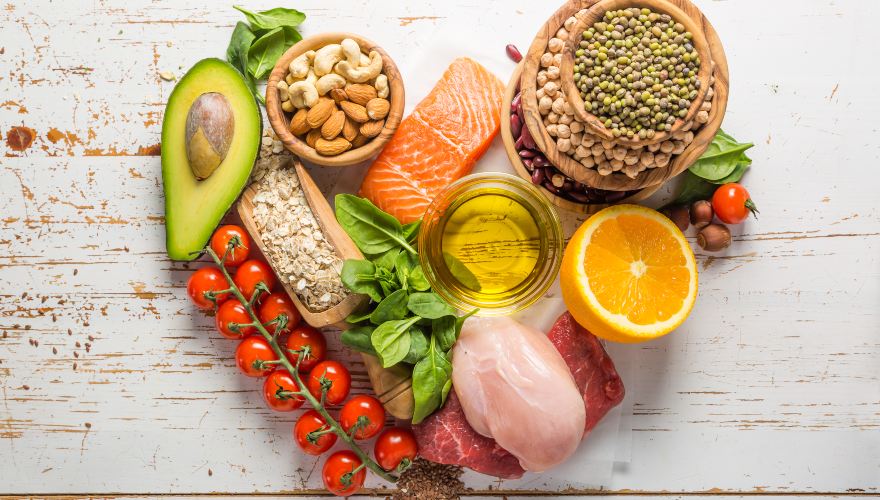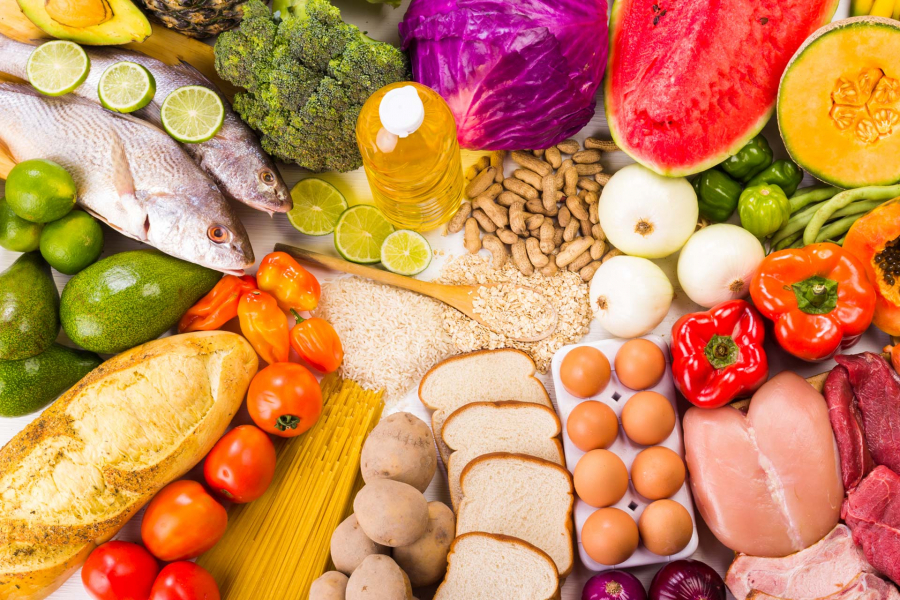Information for the most recent month for which data is available (between january 2023 and april 2023) points to high inflation in most low- and middle-income countries, with levels above 5% in 64.7% of low-income countries, 81.4% of lower-middle-income countries, and 84% of upper-middle-income countries.

In addition, many of these countries are experiencing double-digit inflation and 78.6 percent of high-income countries are experiencing high food price inflation.
The most affected countries are in Africa, North America, Latin America, South Asia, Europe, and Central Asia.
Agricultural, grain and export price indices rose by 1 %, 4 % and 1 %, respectively, compared to two weeks ago.
Corn, wheat and rice prices increased in the last two weeks, rising by 2%, 7% and 4%, respectively.

On a year-on-year basis, corn and wheat prices are 22% and 41% lower, respectively, and rice prices are 14% higher.
Corn prices are 15% higher than in january 2021, and wheat and rice prices are at the same level.
The may 2023 edition of the Sistema de Información sobre los Mercados Agrícolas (SIMA) market monitor report highlights that after three consecutive years of La Niña, which brought bumper crops in some countries and crop losses in others, the world is likely to see the following El Niño pattern: 62 percent chance of development between may and july, 75 percent between june and august, and 80 percent for the rest of the year.

The 2023 edition of the Global Food Crisis Report (PDF), an annual publication of the Global Food Crisis Network, contains regional summaries of food crises occurring in 2022.
Globally, the number of people in countries and territories, covered in the aforementioned report, facing acute food insecurity increased from 192.8 million in 2021 to 257.8 million in 2022, and has more than doubled since 2016, albeit with data coming from a larger group of countries.
Translated by: A.M
 English
English  Español
Español 
